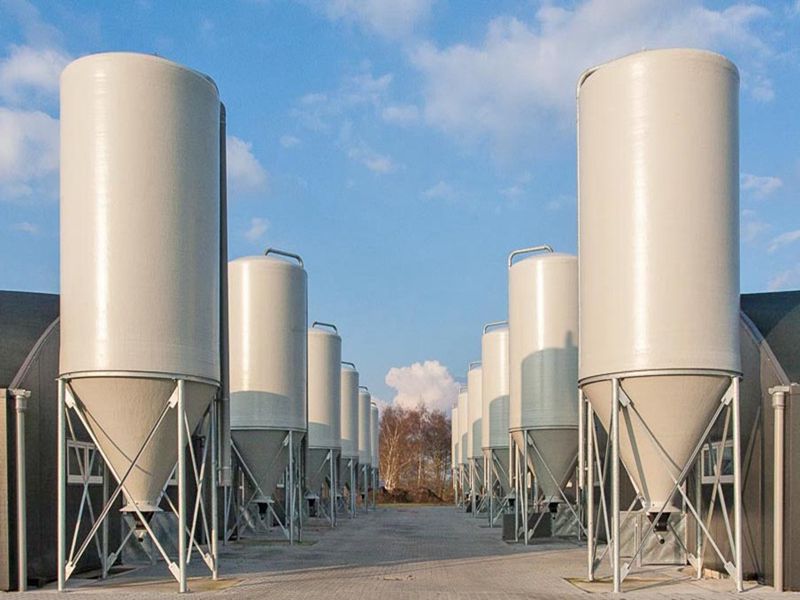
-
 Afrikaans
Afrikaans -
 Albanian
Albanian -
 Amharic
Amharic -
 Arabic
Arabic -
 Armenian
Armenian -
 Azerbaijani
Azerbaijani -
 Basque
Basque -
 Belarusian
Belarusian -
 Bengali
Bengali -
 Bosnian
Bosnian -
 Bulgarian
Bulgarian -
 Catalan
Catalan -
 Cebuano
Cebuano -
 China
China -
 China (Taiwan)
China (Taiwan) -
 Corsican
Corsican -
 Croatian
Croatian -
 Czech
Czech -
 Danish
Danish -
 Dutch
Dutch -
 English
English -
 Esperanto
Esperanto -
 Estonian
Estonian -
 Finnish
Finnish -
 French
French -
 Frisian
Frisian -
 Galician
Galician -
 Georgian
Georgian -
 German
German -
 Greek
Greek -
 Gujarati
Gujarati -
 Haitian Creole
Haitian Creole -
 hausa
hausa -
 hawaiian
hawaiian -
 Hebrew
Hebrew -
 Hindi
Hindi -
 Miao
Miao -
 Hungarian
Hungarian -
 Icelandic
Icelandic -
 igbo
igbo -
 Indonesian
Indonesian -
 irish
irish -
 Italian
Italian -
 Japanese
Japanese -
 Javanese
Javanese -
 Kannada
Kannada -
 kazakh
kazakh -
 Khmer
Khmer -
 Rwandese
Rwandese -
 Korean
Korean -
 Kurdish
Kurdish -
 Kyrgyz
Kyrgyz -
 Lao
Lao -
 Latin
Latin -
 Latvian
Latvian -
 Lithuanian
Lithuanian -
 Luxembourgish
Luxembourgish -
 Macedonian
Macedonian -
 Malgashi
Malgashi -
 Malay
Malay -
 Malayalam
Malayalam -
 Maltese
Maltese -
 Maori
Maori -
 Marathi
Marathi -
 Mongolian
Mongolian -
 Myanmar
Myanmar -
 Nepali
Nepali -
 Norwegian
Norwegian -
 Norwegian
Norwegian -
 Occitan
Occitan -
 Pashto
Pashto -
 Persian
Persian -
 Polish
Polish -
 Portuguese
Portuguese -
 Punjabi
Punjabi -
 Romanian
Romanian -
 Russian
Russian -
 Samoan
Samoan -
 Scottish Gaelic
Scottish Gaelic -
 Serbian
Serbian -
 Sesotho
Sesotho -
 Shona
Shona -
 Sindhi
Sindhi -
 Sinhala
Sinhala -
 Slovak
Slovak -
 Slovenian
Slovenian -
 Somali
Somali -
 Spanish
Spanish -
 Sundanese
Sundanese -
 Swahili
Swahili -
 Swedish
Swedish -
 Tagalog
Tagalog -
 Tajik
Tajik -
 Tamil
Tamil -
 Tatar
Tatar -
 Telugu
Telugu -
 Thai
Thai -
 Turkish
Turkish -
 Turkmen
Turkmen -
 Ukrainian
Ukrainian -
 Urdu
Urdu -
 Uighur
Uighur -
 Uzbek
Uzbek -
 Vietnamese
Vietnamese -
 Welsh
Welsh -
 Bantu
Bantu -
 Yiddish
Yiddish -
 Yoruba
Yoruba -
 Zulu
Zulu
pvc frp pipe
The Advantages of PVC and FRP Pipes A Comprehensive Overview
In the realm of modern construction and infrastructure, the choice of materials can significantly impact durability, cost, and overall efficiency. Among various options available in the market, PVC (Polyvinyl Chloride) and FRP (Fiberglass Reinforced Plastic) pipes have gained popularity due to their unique properties and advantages. This article delves into the characteristics, benefits, and applications of PVC and FRP pipes, illustrating why they are favorable choices for various industries.
Understanding PVC Pipes
PVC pipes are made from polyvinyl chloride, a versatile thermoplastic polymer. This type of pipe is widely used in plumbing, drainage, and irrigation systems because of its lightweight nature and resistance to corrosion. One of the key advantages of PVC pipes is their ease of installation. They can be cut and joined with relative simplicity, which reduces labor costs and project timelines. Moreover, PVC pipes do not rust or corrode, making them a long-lasting solution for water transport and drainage systems.
Additionally, PVC is known for its non-toxic properties, which makes it suitable for drinking water applications. The smooth inner surface of PVC pipes reduces friction, allowing for efficient fluid flow while minimizing energy use. With a lifespan that can span over 50 years, PVC pipes represent a reliable investment for both residential and commercial projects.
Exploring FRP Pipes
FRP pipes, on the other hand, are made from a composite material that includes fiberglass strands and resin. This combination provides strength and flexibility while ensuring resistance to various chemicals and extreme temperatures. One of the most significant benefits of FRP pipes is their ability to withstand harsh environmental conditions, which makes them suitable for industries such as chemical processing, oil and gas, and wastewater treatment.
pvc frp pipe

FRP pipes are also lightweight, making them easier to transport and install compared to traditional materials like steel and concrete. Despite their lighter weight, FRP pipes boast high tensile strength, ensuring they can handle high pressures. Another noteworthy feature of FRP pipes is their resistance to UV radiation, making them ideal for outdoor applications without the risk of degradation over time.
Applications and Sustainability
Both PVC and FRP pipes find extensive applications across various sectors. PVC pipes are commonly utilized in residential plumbing, drainage systems, and irrigation, while FRP pipes are predominantly found in industrial settings, including chemical plants and offshore oil rigs. The versatility of these materials ensures they can be tailored to meet specific requirements, including different diameters and pressure ratings.
From a sustainability perspective, both PVC and FRP pipes contribute positively to environmental conservation. Their longevity reduces the frequency of replacements, thereby minimizing waste. Additionally, manufacturers have been advancing recycling methods for PVC, making it possible to repurpose discarded pipes for new applications.
Conclusion
In conclusion, PVC and FRP pipes represent robust, efficient, and environmentally friendly options for a myriad of applications. Their unique properties allow for versatility in use while ensuring longevity and performance. As industries continue to seek innovative solutions for water management and infrastructure, the relevance of PVC and FRP pipes will likely continue to grow, driving advancements in construction and sustainability. Choosing the right piping material is crucial, and understanding the benefits of PVC and FRP pipes empowers consumers to make informed decisions that meet their specific needs.
Latest news
-
Exploring the Benefits of Top Hammer Drifter Rods for Enhanced Drilling PerformanceNewsJun.10,2025
-
High-Precision Fiberglass Winding Machine for GRP/FRP Pipe Production – Reliable & Efficient SolutionsNewsJun.10,2025
-
FRP Pipes & Fittings for Shipbuilding - Corrosion-Resistant & LightweightNewsJun.09,2025
-
Premium FRP Flooring Solutions Durable & Slip-ResistantNewsJun.09,2025
-
Premium Fiberglass Rectangular Tanks Durable & Lightweight SolutionNewsJun.09,2025
-
Tapered Drill String Design Guide Durable Performance & UsesNewsJun.09,2025









